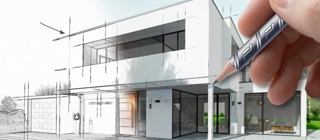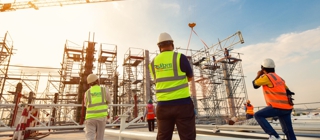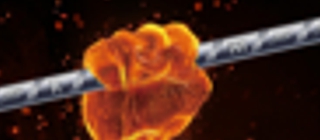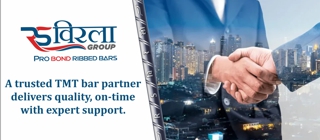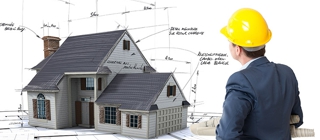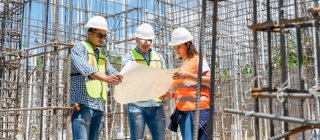RS Virla Group

5 Crucial things Architects should know about TMT bars
When it comes to modern architecture, the secret to long-lasting, resilient buildings often lies in an invisible element: TMT bars. These steel reinforcements give support to the internal structure, ensuring building safety and durability. Architects, as visionaries and planners, must understand how TMT bars influence structural design to ensure that their creations stand tall, withstand natural forces, and maintain integrity over time.
1. Understanding the Grades
Not all TMT bars are created equal, and selecting the right grade is essential for structural design. TMT bars come in various grades that offer different levels of tensile strength and ductility. For residential projects, lower-grade TMT bars may suffice, while high-rise buildings or those in seismic zones require stronger grades. Building safety starts with this critical decision, ensuring the structure can withstand load-bearing and environmental stressors.
Architect Tip: Always consider the purpose of the structure and consult with structural engineers when selecting the grade of TMT bars.
2. Flexibility Equals Strength
Architects need to be familiar with the ductility of TMT bars—how much they can bend without breaking. In areas prone to earthquakes or heavy wind loads, choosing TMT bars with high ductility is non-negotiable. Ductility allows the building to absorb stress without cracking, an essential factor in building safety.
Architect Tip: Prioritise TMT bars with superior elongation properties to safeguard your designs from unpredictable natural forces.
3. A Lifesaver in Challenging Climates
For projects in coastal or humid environments, corrosion is a silent but deadly enemy. TMT bars with advanced anti-corrosion properties extend the lifespan of a building by preventing rust from weakening the structure. By selecting TMT bars designed to resist corrosion, like RS Virla’s, architects can maintain the structural design integrity even in the most challenging climates.
Architect Tip: Opt for corrosion-resistant TMT bars, especially for projects near water bodies or high-humidity areas, to avoid premature structural deterioration.
4. Planning for the Unforeseen
TMT bars play a vital role in enhancing fire resistance within buildings. These bars have a higher melting point, which provides valuable time during a fire to evacuate and minimise damage. For architects designing public buildings, factories, or commercial spaces, the fire-resistant quality of TMT bars is indispensable to building safety.
Architect Tip: Incorporate fire-resistant TMT bars in projects where fire hazards are a significant concern, such as factories, high-rises, and shopping malls.
5. Designing for Earthquakes
For buildings in earthquake-prone regions, TMT bars with seismic resistance are a must. These bars are designed to absorb the energy released during an earthquake, preventing the structure from collapsing. Architects must understand how these bars contribute to structural design stability in regions where ground movements are frequent.
Architect Tip: Consult local building codes and ensure that TMT bars with high seismic resistance are specified in earthquake-prone zones to protect against structural failures.
Architects play a crucial role in creating structures that last, and understanding the intricacies of TMT bars is key to achieving building safety and structural design excellence. By choosing the right grade, factoring in ductility, and considering elements like corrosion and fire resistance, architects can ensure their designs not only stand the test of time but also meet all safety standards. For high-quality TMT bars that provide superior performance in every condition, consider RS Virla’s range of products—designed to match your architectural vision and safety requirements.

